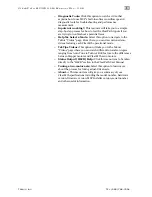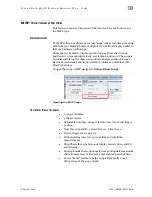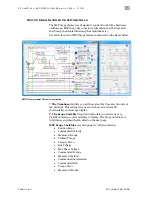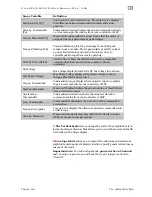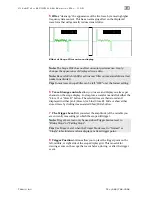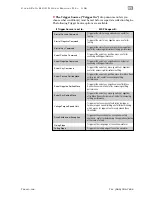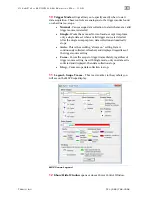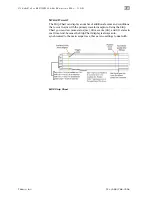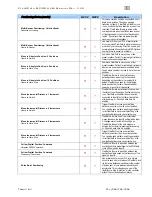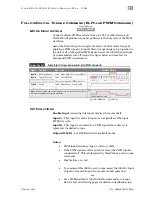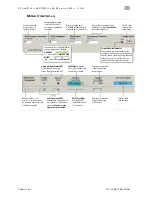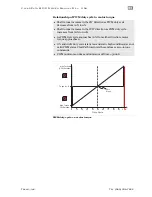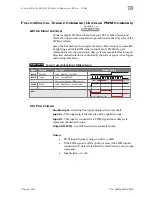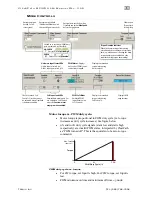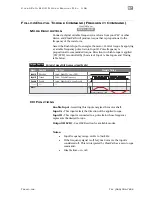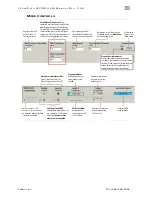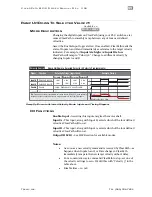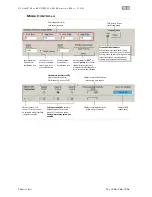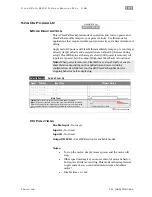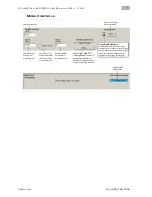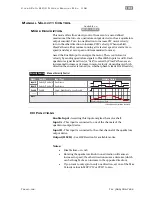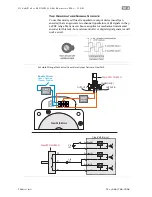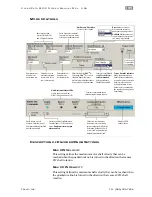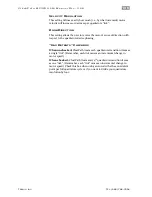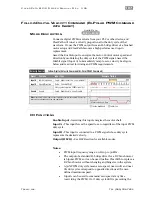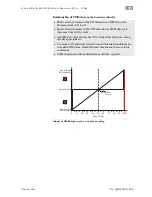
C
L E A R
P
A T H
M C / S D
U
S E R
M
A N U A L
R
E V
.
3 . 0 9
9 4
T
EKNIC
,
I
NC
. T
EL
.
(585)
784-7454
S
ETTING A
PWM
D
EADBAND
The deadband expands the range about the 50% PWM mark that is
interpreted as the “zero torque setting” by ClearPath. This gives the user a
reliable way to ensure that motor torque is completely turned off when the
PWM duty cycle is set at (or “close enough” to) 50%.
Max. Torque
(CCW Rotation)
Torque = 0
Duty Cycle
Deadband
(+/- 5%)
10
20
30
40
50
60
70
80
90
100
0
Max. Torque
(CW Rotation)
+/- 5% PWM deadband setting
Why use a deadband?
In bi-polar mode, turning off torque is achieved, in theory, by applying a
50% duty cycle PWM signal to Input B. However, it can be difficult to set a
perfect 50% duty cycle. In fact, a very small amount of torque may still be
produced by the motor,
even when duty cycle is apparently set to 50%
. A
deadband helps guarantee torque is fully off when you expect it to be.
Example:
If the user sets a +/-5% deadband, any PWM signal with a
duty cycle between 45% and 55% (i.e., in the deadband) is interpreted as a
zero-torque command by ClearPath.
Note:
As deadband setting increases, the slope of torque vs. duty cycle
increases as illustrated below.

